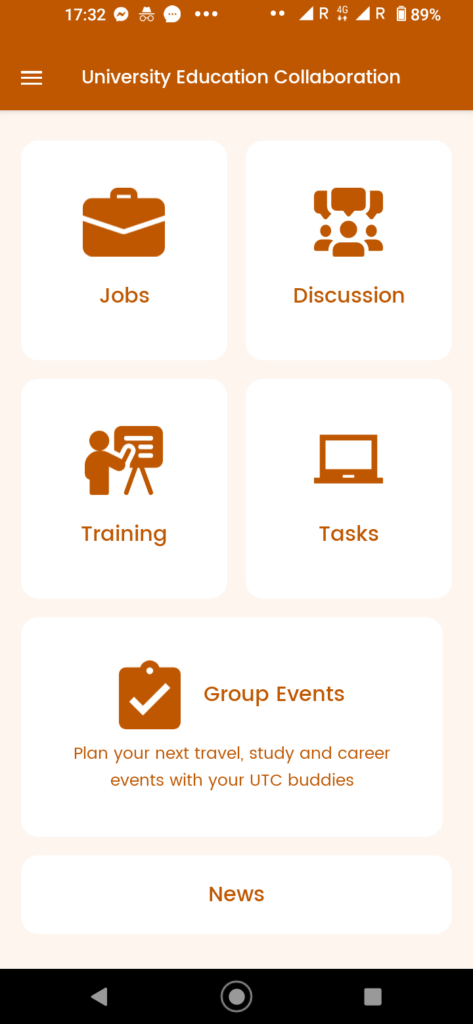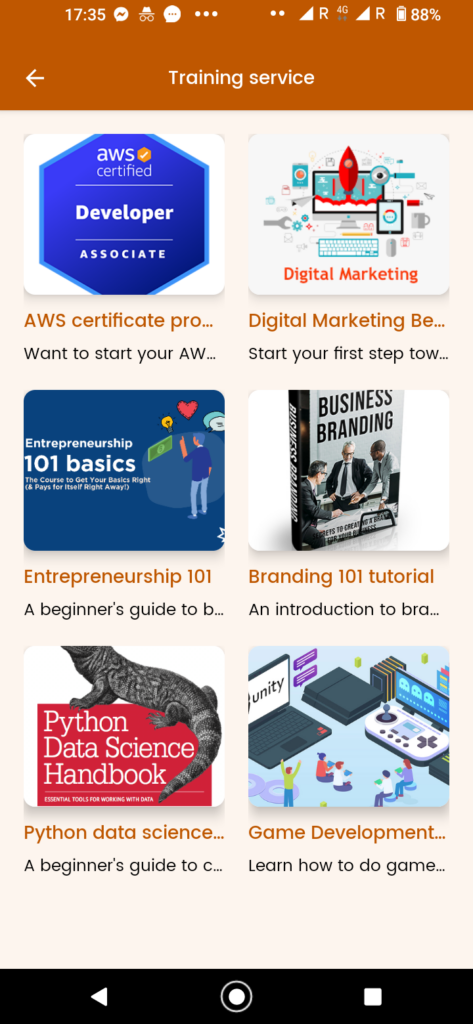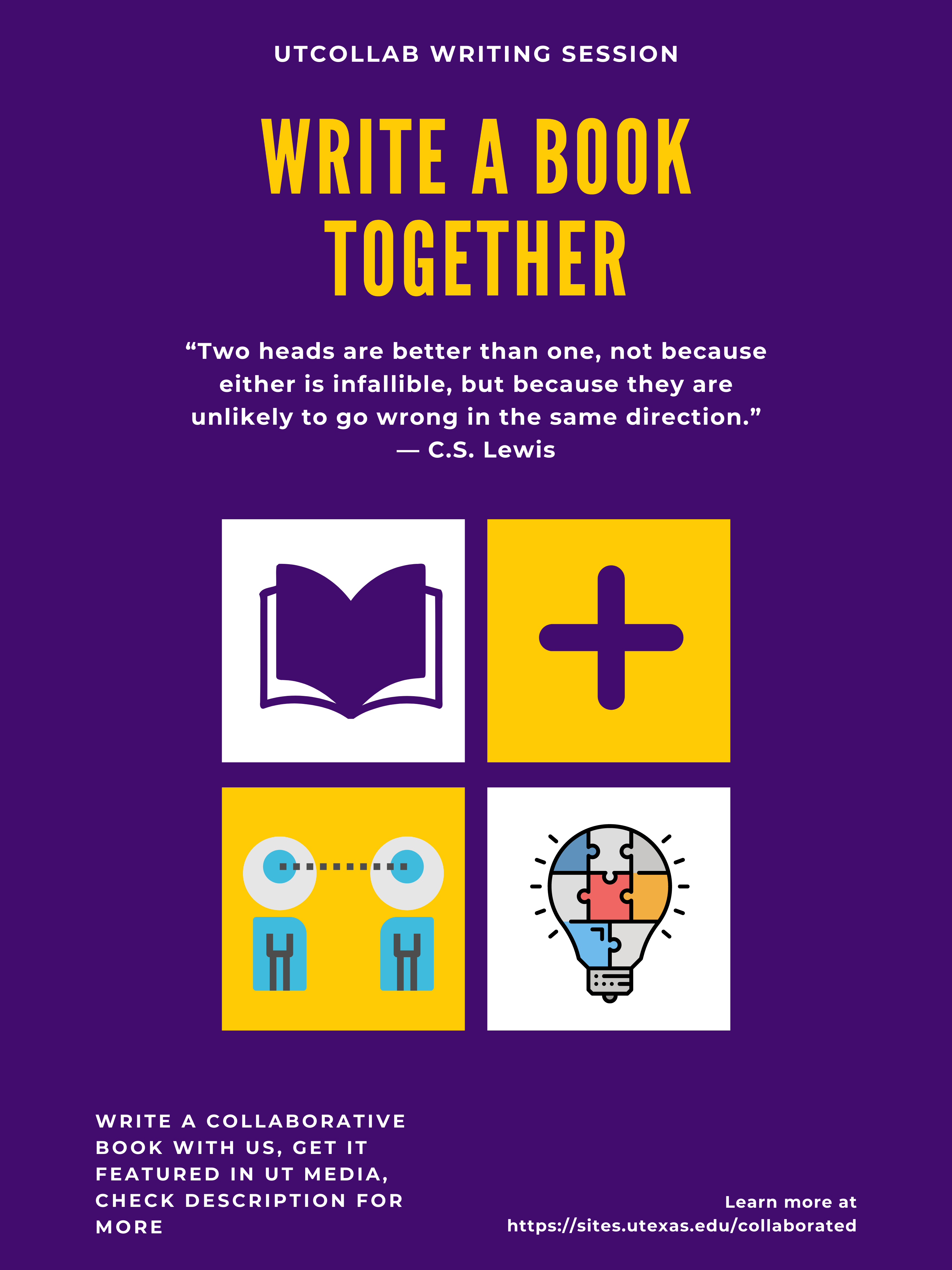It’s been a while since this blog was last updated, but let’s dive back in with an engaging discussion on collaboration tools that offer invaluable support to newcomers across various industries.
In the realm of education, collaboration stands tall as one of the most effective ways for both students and educators to thrive. In today’s digital age, where connectivity knows no bounds, online collaboration tools have become essential for fostering teamwork, enhancing communication, and driving collective learning experiences. Let’s explore the diverse landscape of online student collaboration tools and discover ten essential platforms that are revolutionizing modern education.
Understanding Online Collaboration Tools for Students
Online student collaboration tools encompass a wide array of platforms and applications designed to facilitate various tasks while providing students with a shared space for creation and communication. These tools offer functionalities ranging from note-taking and task management to document sharing and virtual classrooms. Whether geared towards general audiences or tailored specifically for educational purposes, these platforms empower students to collaborate seamlessly, irrespective of physical boundaries.
Key Features to Consider
When selecting the right online collaboration tool, it’s crucial to prioritize features that align with the unique needs of students and educators. A distraction-free environment, affordability, inclusivity, integrations with popular tools, search functions, and cloud-based storage are among the essential elements to look for. These features ensure seamless collaboration, effective communication, and enhanced productivity within the educational ecosystem.
Top 10 Student Collaboration Tools in 2024
- ClickUp: A versatile platform offering a centralized space for assignment organization, task management, and collaborative document creation. With features like ClickUp Docs and virtual Whiteboards, students can work together effectively while enjoying advanced functionalities such as AI-powered assistance.
- Microsoft Teams: Combining real-time collaboration with personalized educational tools, Microsoft Teams for Education facilitates seamless document sharing, virtual classrooms, and skill-building activities tailored to student needs.
- Slack: An intuitive communication hub allowing students and faculty to engage in discussions, share content, and host collaborative sessions. Channels and direct messaging streamline communication, while features like Canvases and Huddles enhance collaboration.
- Kahoot!: Transforming learning into a gamified experience, Kahoot! offers interactive quizzes and games that promote engagement and knowledge retention among students, making it an ideal tool for reinforcing curriculum concepts.
- Google Classroom: As part of Google Workspace for Education, Google Classroom provides a comprehensive learning environment with features like interactive assignments, personalized instruction, and robust analytics for tracking student progress.
- Classcraft: Embracing gamification principles, Classcraft incentivizes learning through rewards and quests, fostering collaboration and positive behavior among students while offering seamless integration with other educational tools.
- Pear Deck: Empowering educators to create interactive presentations and assessments, Pear Deck enhances student engagement and participation through multimedia learning experiences tailored to individual needs.
- Seesaw: Designed for younger students, Seesaw offers a user-friendly platform for creating portfolios, assessments, and multimedia-rich assignments that promote skill development and active learning.
- Miro: Although not specifically designed for education, Miro’s visual collaboration tools facilitate brainstorming, project management, and group activities, empowering students to collaborate creatively and visualize concepts effectively.
- Nearpod: Offering a vast library of pre-made lessons and interactive activities, Nearpod enables educators to deliver engaging learning experiences tailored to diverse learning styles, fostering collaboration and comprehension.
Conclusion
In today’s interconnected world, online student collaboration tools play a pivotal role in shaping the educational landscape. By embracing these innovative platforms, educators can cultivate collaborative learning environments where students can thrive, communicate, and create together. From document collaboration to gamified learning experiences, the possibilities are endless. Embrace the power of online collaboration tools and unlock new avenues for student growth and success in the digital age.











